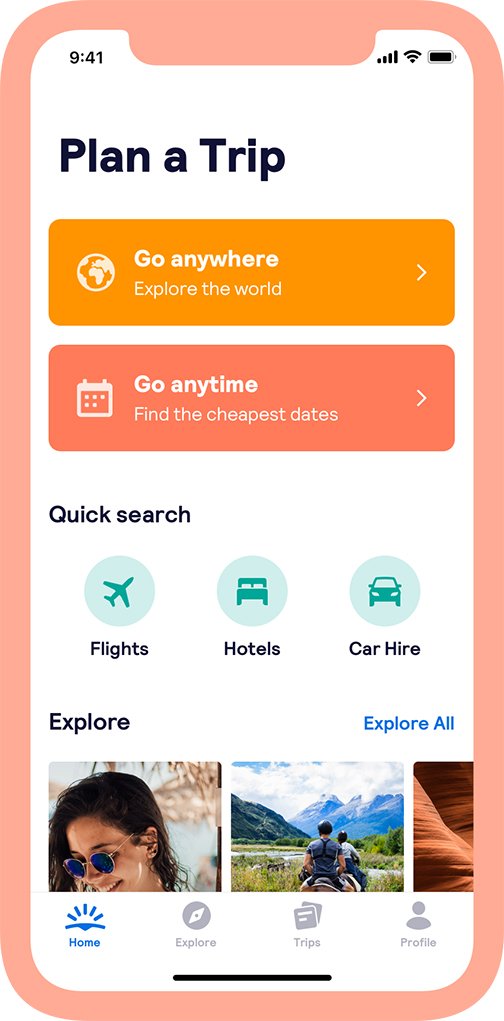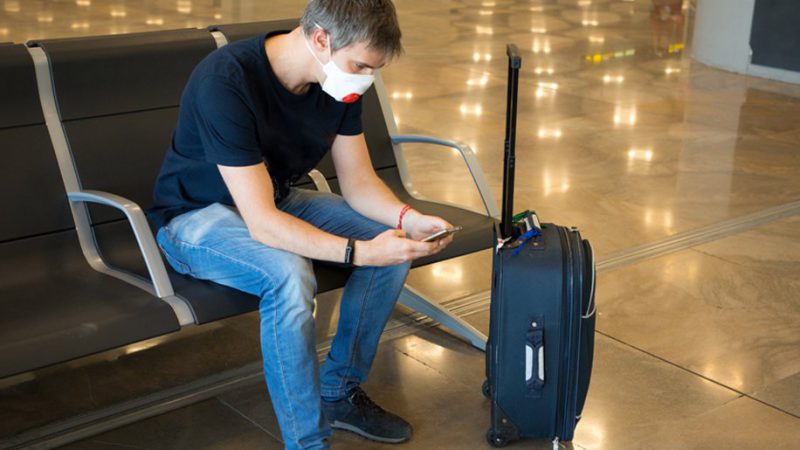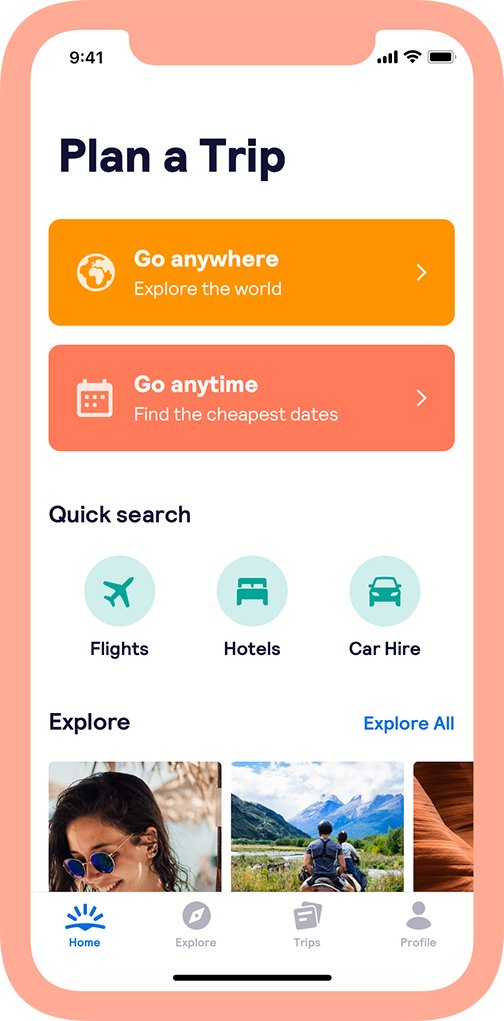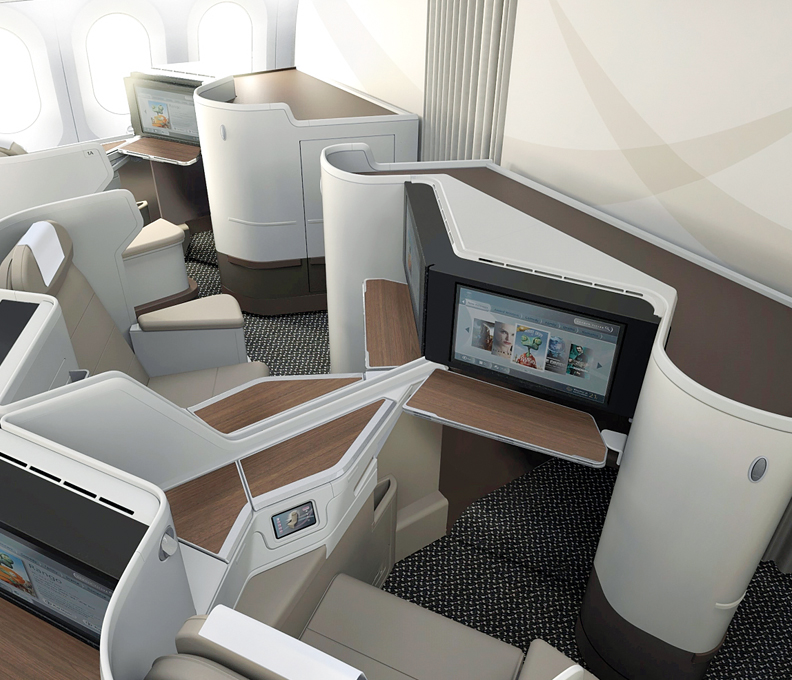Getting Through Today’s Air Travel Experience Step-by-Step
Skyscanner’s how-to guide on flying in the time of coronavirus takes fliers from check-in to arrival
October 12, 2020


As COVID-19 loosens its grip on travel just a little, restrictions may be easing but there are still plenty of ‘gotchas’ along the way. Mark Crossey, US traveler expert and director of sales Americas for Skyscanner, the travel deal search site, offers a how-to guide to the airport experience for your next trip.

Before you start planning, Crossey says, scan coronavirus travel advice from your local authorities and governments – such as the Centers for Disease Control and Prevention (CDC) and the US Department of State – as well as the guidance from the World Health Organization (WHO).
As we report in the latest issue of Business Traveler, a number of travel providers and industry organizations are offering apps and websites with up-to-date information on travel requirements, government restrictions, openings and closings.
“Before you start packing, consider whether you want to take just a carry-on or check a bag. It’s recommended to travel light to help reduce the number of people who handle your luggage as well as your time in public spaces (i.e. waiting at baggage claim),” Crossey says.
One caveat: Some airlines don’t allow carry-on luggage, so make sure to double check your particular airline’s baggage terms.
Skyscanner has compiled a list of the 12 most important things to pack in the time of COVID-19, in addition to the usual travel checklist.
The Transportation Security Administration (TSA) is warning passengers to strictly adhere to its packing specifications. Especially now, you don’t want to be required to exit the security line to remove prohibited items, and then wait to re-enter for a second screening (and more TSA handling of your items).
Flights can be canceled or rescheduled. “Leading up to your departure, you should check airport websites for details regarding process changes or COVID-19 requirements. This includes your departure, connecting and arrival airports,” Crossey advises.
“Airports and airlines alike are working to make the travel experience as contactless as possible. In some cases, face-to-face contact at check-in desks is very limited, so you should plan to digitize the experience on your end as much as possible. That means checking-in online, installing the airline’s app, and then downloading the e-pass to your smartphone. If you’re unable to save a digital version, then you should print your boarding pass at home.”
Travelers should also consider how they are getting to the airport. “It’s best to drive yourself or have someone you’ve been isolating with drop you off, if possible. While hourly and daily parking is still open, some airports have reduced or closed long-term parking facilities, so be sure to check the details for your departure airport.”
“Airports are less crowded and have also adjusted to the ‘new normal’ that we’ve all become accustomed to. You’ll find signs encouraging social distancing, placards mandating mask-wearing, and plenty of hand sanitizing stations throughout the terminals.
“While TSA are reporting decreased traveler volume, this doesn’t automatically mean shorter wait times as their staffing has been downsized. That in itself may add time to your pre-flight experience,” Crossey reports.
“In general, you should arrive at the airport at least two hours before a domestic flight and at least three hours prior to departure for an international flight. These guidelines vary by airport. Larger, busier airports may suggest arriving even earlier.”
“Measures vary by airport when it comes to enforcing safety and hygienic measures. In general, travelers are required to wear a mask and asked to maintain physical distancing of at least six feet from others. These protocols begin from the time you enter the airport and continue at the check-in desk, as you go through security, wait at the gate, and board the plane,” he cautions.
Airports are promoting mask-wearing and social distancing measures in a variety of ways, such as on placards, digital displays, floor markings, and notices on chairs saying that they are closed off for seating.
“Some airports installed hand sanitizer dispensers for public use, but it’s recommended to bring your own bottle, too. TSA amended its list of prohibited items so travelers can bring personal hand sanitizer in their carry-on bag,” Crossey notes.
As a result of airport staffing reductions, fewer baggage screeners and body scanners are in operation. These changes sometimes equate to longer wait times at airport security. Though, depending on when you travel and which airport you use, the overall reduced volume of passengers may make your journey through the security line quicker than expected.
“Temperature checks aren’t being widely conducted at security checkpoints in US airports during coronavirus. Travelers are asked to maintain social distancing in the security line, indicated by placards, digital signs, and stickers on the floor. TSA officers may ask passengers to scan their own boarding pass at the security desk to avoid contact. Some baggage screening areas have dividers along the conveyor belt to help encourage separation between travelers.”
Crossey says, “We did a deep dive on what to expect on the plane and in the airport during coronavirus. The main takeaways are that many airport shops, restaurants, and facilities are temporarily closed or have reduced hours of operation. Others have limited offerings, such as takeaway food instead of sit-down dining. Travelers should consider bringing their own water bottle and snacks to hold them over during their journey.
“As for boarding the airplane, you can expect to maintain social distancing while you’re in the boarding queue, as well as on the jetway. Airline staff may ask you to scan your own boarding pass to reduce contact. Depending on your final destination, you may be required to show a recent negative COVID test to even board the airplane. Check your destination’s requirements as well as the airline’s website to ensure you bring the proper paperwork,” he continues.
“For those who want to travel with a pet, some airlines have implemented temporary restrictions. In general, passengers can bring their pets into the cabin. However, some pet cargo programs have been temporarily suspended since they cannot be conducted safely during the pandemic. Check with your specific airline to see what its current policies are.
“Once you arrive at your destination, it’s possible that you may undergo a thermal scan or temperature screening. These are not widely in use in the United States, though some international airports abroad have employed the technology.
Depending on your destination, you may need to show a recent negative COVID test to avoid a 14-day quarantine. This is destination-specific, so be sure to check the details of the local city, state, or country government website at least a week before you depart. Some require test results that are no older than 48 or 72 hours,” Crossey concludes.
Founded in 2003, Skyscanner’s website is used by over 100 million people a month in 52 countries and over 30 languages find travel options for flights, hotels and car rental working with 1200 travel partners.




